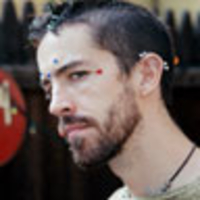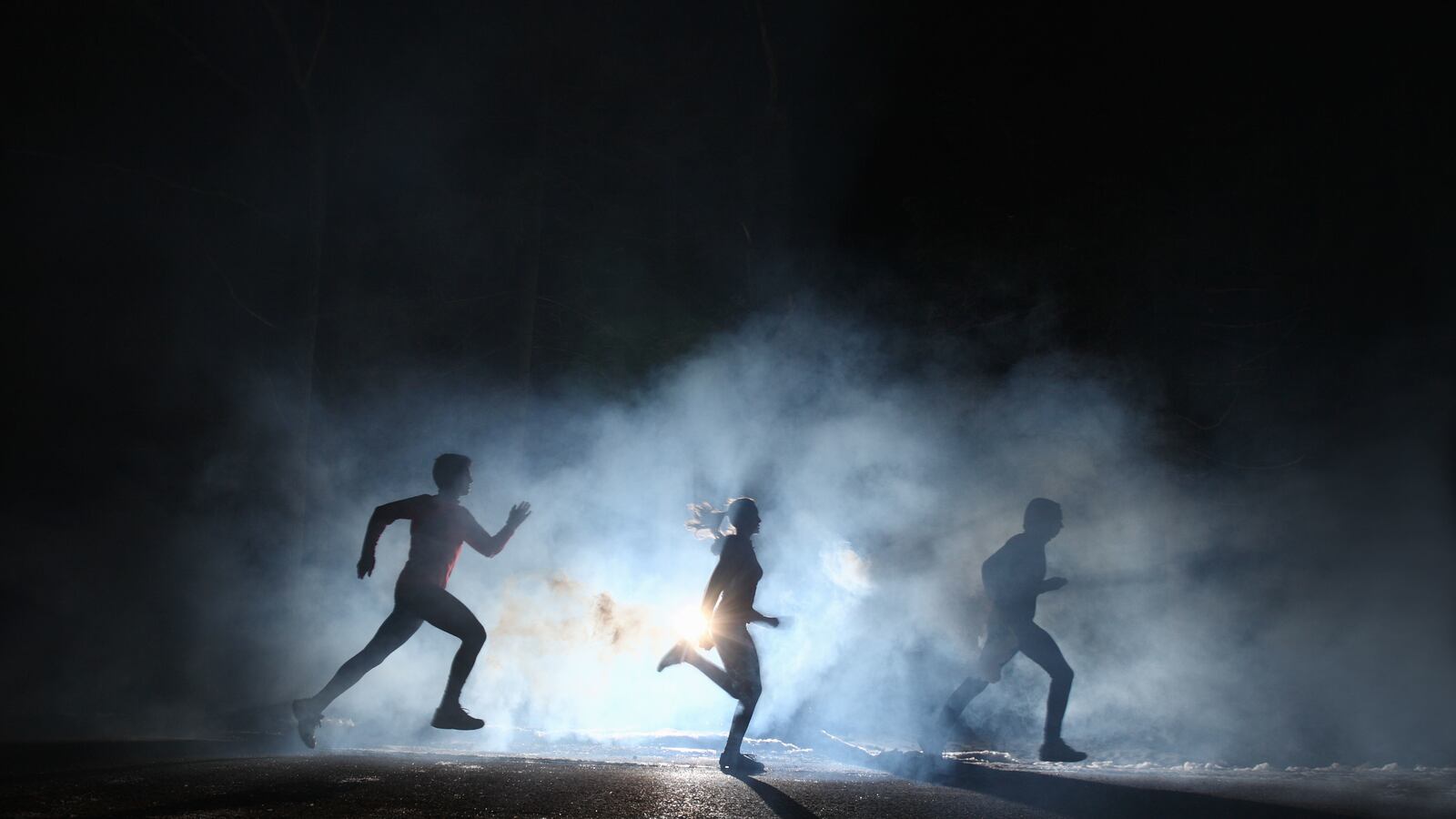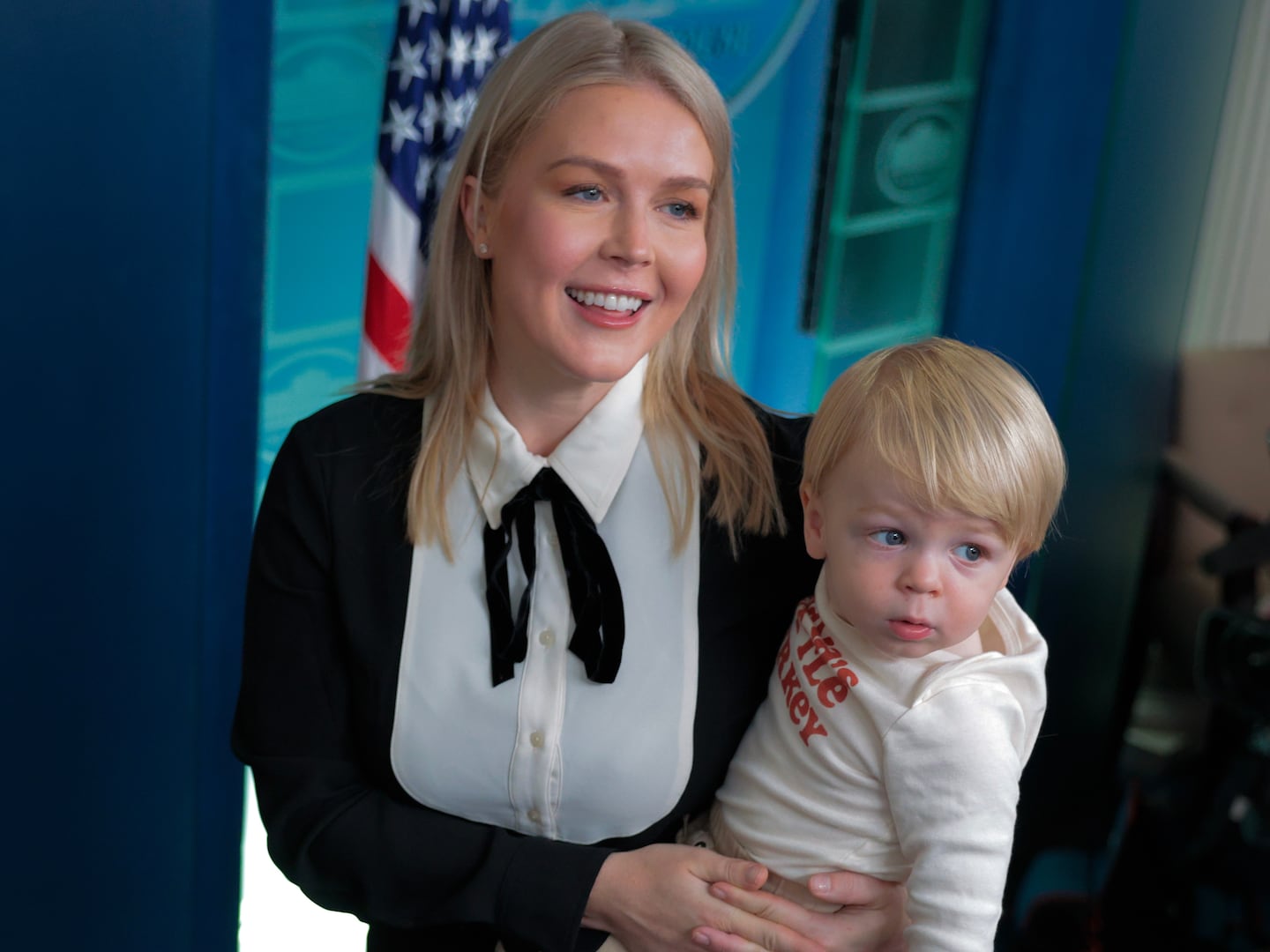Once, after the midnight premiere of a summer blockbuster, I got trapped on the top floor of a giant multiplex. Three packed showings let out simultaneously, and the theater, in all its infinite parsimony, had shut down everything but the bare minimum required to allow us to exit: one narrow stairwell plunging down four flights, lit mostly by dim emergency lighting.
It didn’t take long for a bottleneck to form at the top of the stairs, which quickly became an impatient crowd, all of us punchy with exhaustion and excitement. Soon people were shouting. Then shoving. The crowd began to lurch violently, as small motions rippled out into panicked attempts to break away. Thankfully, before a full-fledged riot could begin, people pulled down the stanchions and velvet ropes that blocked off the other stairs, and we exploded safely outward in a dozen different directions.
But that visceral experience of the crowd as a capricious-yet-mindless entity has stayed with me ever since. It is this feeling that Dayna Lorentz’s bestselling YA series No Safety in Numbers conjures up in its readers. It’s not just fear or panic, but that sickening moment of inversion where a familiar setting becomes dangerous, and normal people become deadly.
The third book in the series, No Dawn Without Darkness, follows an ensemble of teens quarantined in a mall after a terrorist attack releases a highly contagious, extremely deadly flu virus. The four main protagonists are Ryan, a perfect high school jock hiding a brutal home life; Shay, a beautiful young girl trying to protect her sister and grandmother; Lexi, the computer nerd whose mother, a U.S. senator, is trying to maintain some fragile order; and Marco, the loner struggling to survive in the shadows. With them are thousands of other hapless mall-goers, descending rapidly into deadly anarchy. By book three, not only are they trapped, sick, and terrified, they are starving, cut off from any outside communication, and plunged into pitch-blackness.
Thankfully, in Lorentz’s hands, the books never devolve into terrorism porn or some kind of teen-James Bond spy romp. “It’s much more about these characters,” she says, than the situation. “Terrorism gives me an opportunity to put people through an emotional experience.”
That’s not to say that you won’t find characters turning a wide variety of mall goods into incendiary devices. Indeed, Lorentz jokes that her research for the books has definitely put her on some terrorism watch lists. But the stories she tells from within the mall focus on the most basic job of all teenagers, regardless of their circumstances: surviving and becoming an adult. Lorentz shows us how these particular conditions—lack of supervision, imminent threat of death—merely serve to hasten and distort a process that all young people must go through. This is not a book about a bomb; rather, it is a book about children stumbling toward adulthood through an almost literal minefield.
“A lot of extremity you see in YA is merely attempting to capture the intensity” of being a teen, Lorentz says. “You go to high school and it’s a fight for survival to get through the day. No one is on your side.”
Some adults focus on the terrorism and violence in the series, Lorentz says, and question if it’s too much for teen readers. Teens, on the other hand, read it as a perfect metaphor for what they already experience on a daily basis. And if we’re looking at the question of violence or emotionally disturbing material, No Dawn Without Darkness is not that far removed from YA novels set in World War II, during slavery, or on the frontier.
“I’ve never heard a teenager say ‘This book was too violent for me,’” Lorentz says. Instead, most of the responses she’s gotten are from boys, who are excited to read about “football players who aren’t automatically the bad guy.”
Indeed, one of the most fascinating aspects of the story is watching the male characters struggle with the meaning of manhood. Perhaps because the YA audience is predominantly female, it’s rare to come across a series that so sensitively explores the many fraught routes that the “average” American boy can take to adulthood, and the concurrent violence they both experience and enact along the way. The title No Dawn Without Darkness might refer to the literal dark-and-dawn experienced by the denizens of the mall in this book, but it is also a reminder that light and dark live within all of us, even kids—even “good” kids. Lorentz is not afraid to explore the best and the worst in her protagonists. In an interesting twist in this age of dystopian fiction, her narrators are, in the end, able to go back home, where they face perhaps their hardest challenge yet: to reconcile who they have become with who they were, and who they want to be. It’s a challenge even teens who haven’t been trapped in a terrorist attack will understand very well.






